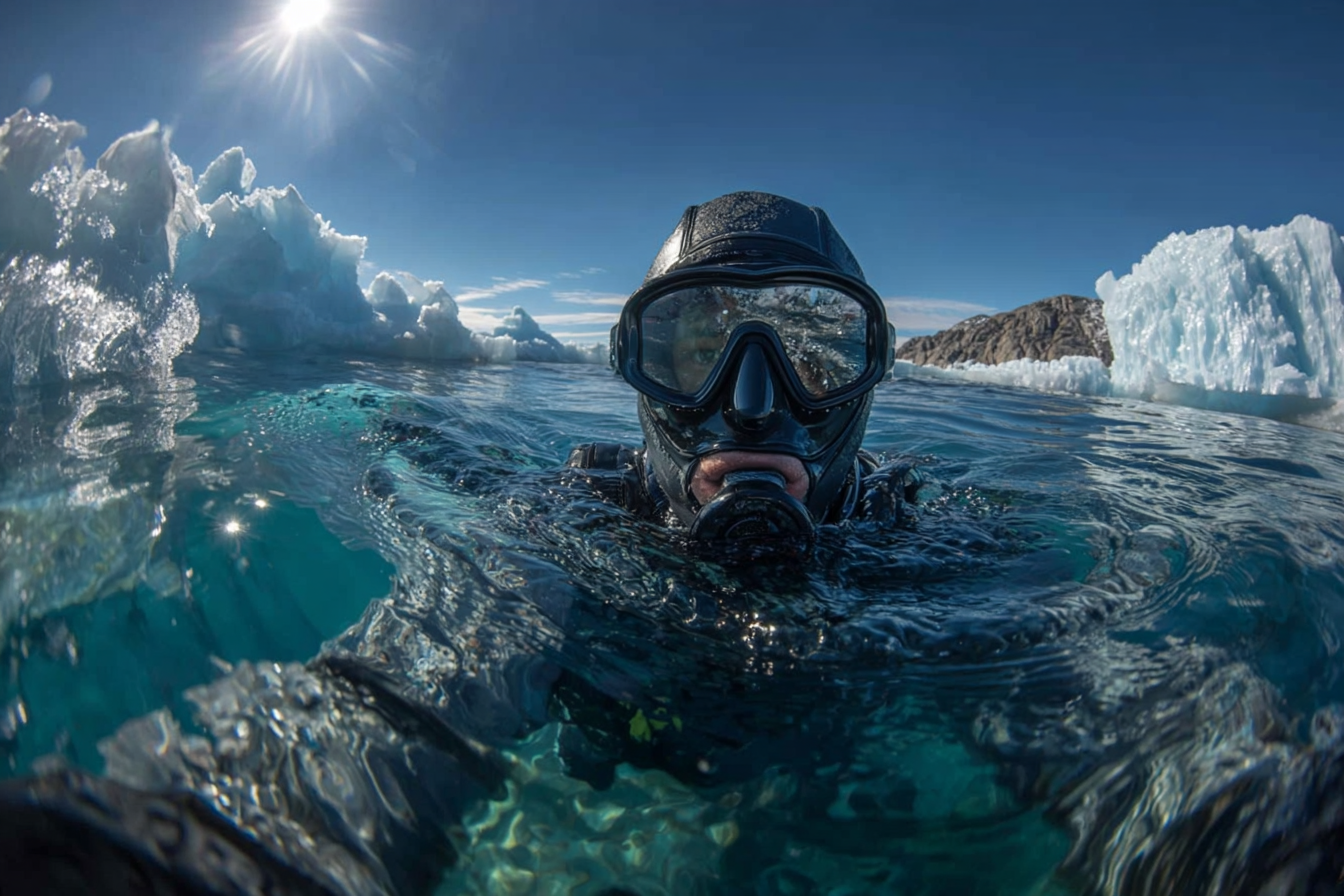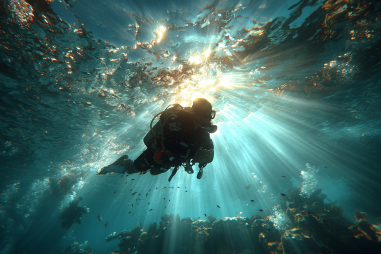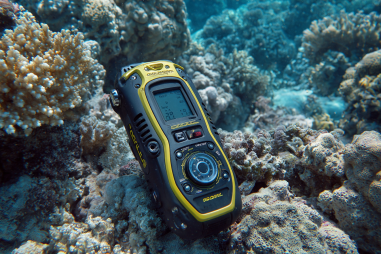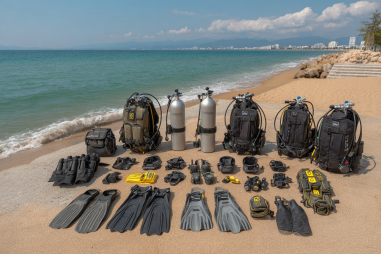Diving beneath the surface in cold water environments is an exhilarating experience, but it presents unique challenges that require specialized equipment. Unlike warm tropical waters, cold water diving demands gear designed to protect divers from hypothermia while ensuring comfort, mobility, and safety. Selecting the right thermal protection and accessories can make a significant difference in the enjoyment and duration of your dives. In this article, we explore the essential scuba diving gear for cold water, helping you stay warm and safe during your underwater adventures.
Challenges of Cold Water Diving
Cold water diving is an adventure that brings its own set of challenges. Water temperatures below 15°C (59°F) can rapidly sap body heat, leading to discomfort and even danger if divers are not properly prepared. The human body loses heat underwater 25 times faster than in air, making thermal protection critical for safe diving. Additionally, cold water can impact equipment performance, such as regulators freezing or reduced flexibility in suits, requiring gear designed specifically for such conditions. Understanding these challenges is the first step to gearing up correctly.
The Importance of Proper Thermal Protection
Staying warm while diving in cold water is more than a comfort issue—it’s vital for your safety. Hypothermia can begin to set in before you even feel cold, affecting your judgment and physical performance underwater. Proper thermal protection helps extend dive times, conserve energy, and maintain dexterity, which is crucial for handling equipment and navigating underwater environments. Investing in the right suit, gloves, boots, and hoods designed for cold water is essential to keep your body temperature regulated throughout the dive.
Wetsuit vs. Drysuit: What’s Best for Cold Water?
Choosing between a wetsuit and a drysuit is one of the key decisions cold water divers face. Each offers different types and levels of thermal protection:
Wetsuits
Wetsuits are made from neoprene and work by allowing a thin layer of water between the suit and your skin, which your body heats up to create insulation. For cold water, thick wetsuits (7mm or more) and wetsuit accessories such as gloves and hoods are necessary. Some divers use wetsuit undergarments for extra warmth. However, wetsuits are generally less effective in very cold water and less adaptable to layered insulation.
Drysuits
Drysuits completely prevent water from entering, keeping you dry underneath and allowing you to wear insulating layers that trap air and keep you warm. Drysuits are typically favored for water temperatures below 15°C (59°F), providing superior thermal protection and greater flexibility with layering. They come with seals at the neck and wrists to minimize water ingress and often include integrated boots. While more expensive and requiring training to use safely, drysuits are the preferred choice for extended cold water dives.
Features to Look For in Cold Water Gloves, Boots, and Hoods
To maintain warmth and dexterity, it’s important to select gloves, boots, and hoods that complement your suit and provide effective insulation.
- Gloves: Look for gloves made of thick neoprene (5-7mm) or specialty materials like trilaminate or waterproof fabrics. Dry gloves, which attach directly to drysuits, provide superior waterproof warmth but require compatible suits. Gloves with pre-bent fingers improve dexterity underwater.
- Boots: Boots should be insulated and designed to work with your fins. Neoprene boots with reinforced soles offer protection from cold, rough terrain, and added warmth. For drysuit users, integrated boots with thermal liners provide better insulation and comfort.
- Hoods: Since the head is a major source of heat loss, a well-fitted neoprene hood (5-7mm) is essential. Look for hoods with facial seals or extended neck coverage for better water flushing prevention. Some hoods have adjustable features to improve fit and comfort.
Regulators Designed for Cold Water Performance
Cold water conditions can cause moisture in regulators to freeze, leading to free-flow or malfunction. To avoid this, use regulators specifically engineered for cold water diving. Key features include:
- Environmentally sealed first and second stages to prevent water ingress.
- Use of materials and designs that reduce ice buildup.
- Reliable diaphragm or piston mechanisms that perform well in freezing temperatures.
- Easy maintenance and servicing options to ensure optimal function.
Regularly serviced cold water regulators ensure safety and give divers confidence when exploring chilly depths.
Additional Gear for Cold Water Safety and Comfort
Beyond thermal protection and regulators, several other pieces of equipment enhance cold water diving experiences:
- Underwater Lighting: Cold water often means reduced visibility, making dive lights essential for navigation and communication.
- BCD with Integrated Weight System: Helps maintain buoyancy control while reducing bulk and enhancing streamlining.
- Surface Signaling Devices: The cold water environment can be challenging for surface rescues; having reliable signaling devices like whistles, surface marker buoys, or strobes is crucial.
- Thermal Layers: For drysuit divers, high-quality fleece or wool undergarments provide excellent insulation without bulk.
- Heated Vests and Gloves: For extreme cold conditions, electrically heated gear powered by battery packs adds extra warmth.
Care and Maintenance Tips for Cold Water Equipment
Maintaining cold water diving gear ensures longevity and reliable performance:
- Rinse Thoroughly: After every dive, rinse wetsuits, drysuits, and accessories in fresh water to remove salt, sand, and contaminants.
- Dry Properly: Hang suits and gear away from direct sunlight to prevent damage from UV rays and heat.
- Check Seals and Zippers: Regularly inspect drysuit seals and zippers for wear and tear; apply lubricant to keep zippers functioning smoothly.
- Store Correctly: Store wetsuits and drysuits on wide, padded hangers to avoid creases and damage to neoprene.
- Service Regulators Annually: Have cold water regulators serviced by professionals before the dive season.
Proper care not only preserves the gear but also maintains diver safety and comfort on future dives.
Enjoying Cold Water Dives Safely
With the right scuba diving gear for cold water, you can confidently explore some of the most fascinating underwater environments on the planet. Prioritizing thermal protection, using cold water-compatible regulators, and selecting quality accessories ensures you stay warm and safe below the surface. Remember to heed dive planning, monitor your cold response closely, and take good care of your equipment. When you’re prepared properly, cold water diving offers an inspiring and rewarding experience that few other activities can match.







